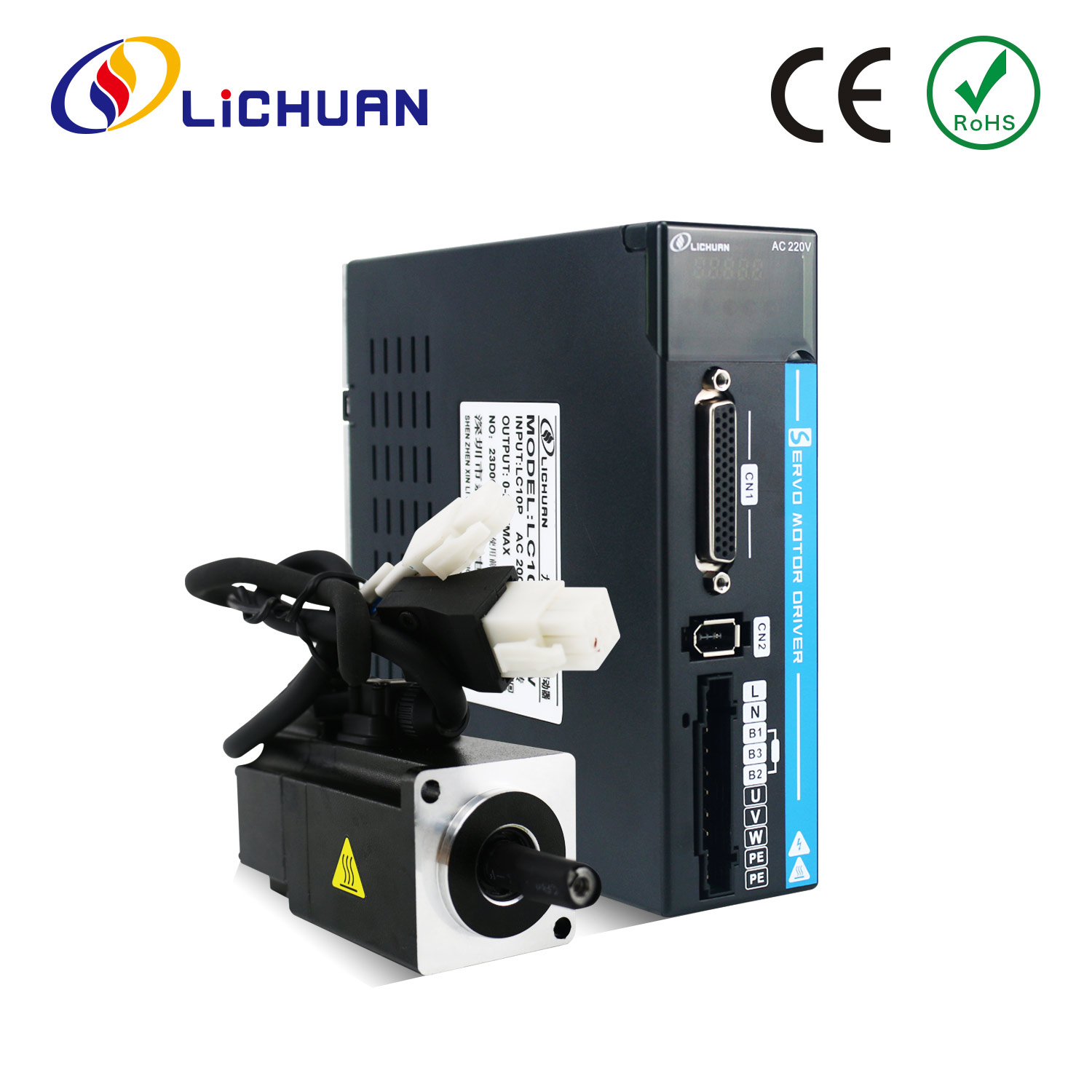Understanding AC Servo Motors: How They Work and Why They Matter
2024-05-20
In the realm of modern automation and precision control, the AC servo motor stands out as a pivotal component. Its role is critical in applications demanding high efficiency, precise control, and reliability. But what exactly is an AC servo motor, and how does it differ from other types of motors? Let’s delve into its intricacies.
Understanding the Basics
An AC servo motor is a specialized electric motor designed to provide precise control of angular or linear position, velocity, and acceleration. It operates on alternating current (AC) and is often integrated into a closed-loop system where feedback is used to ensure accurate motion control. This feedback typically comes from sensors such as encoders or resolvers, which monitor the motor’s position and speed.
Key Components
The typical AC servo motor system comprises several essential components:
1. Motor: The actual electric motor that converts electrical energy into mechanical motion.
2. Drive: Also known as the amplifier, this component powers the motor and converts control signals into the appropriate voltage and current levels.
3. Controller: This unit sends command signals to the drive based on the desired motion profile.
4. Feedback Device: Encoders or resolvers provide real-time data on the motor’s position, speed, and sometimes acceleration.
How Does It Work?
An AC servo motor works on the principle of closed-loop control, which involves continuous monitoring and adjustment to achieve the desired performance. Here’s a simplified overview of its operation:
1. Command Input: The controller receives a command input specifying the desired position, speed, or torque.
2. Signal Processing: The controller processes this input and sends appropriate signals to the drive.
3. Power Adjustment: The drive adjusts the power supplied to the motor based on these signals.
4. Movement: The motor moves accordingly, and the feedback device monitors its actual position and speed.
5. Feedback Loop: The feedback device sends data back to the controller, which compares it to the command input.
6. Correction: If there’s any deviation, the controller adjusts the signals to correct the motor’s movement.
Advantages of AC Servo Motors
Precision and Accuracy
AC servo motors are known for their high precision and accuracy, making them ideal for applications requiring exact positioning and speed control. This is largely due to the continuous feedback loop that corrects any deviations from the desired performance.
High Efficiency
These motors are highly efficient, offering superior performance with lower energy consumption. This efficiency is crucial in industrial applications where energy costs can be significant.
Robustness and Reliability
AC servo motors are built to withstand harsh conditions and heavy usage. Their robust design ensures reliability and long operational life, which is essential in critical applications like robotics, CNC machinery, and aerospace.
Smooth Operation
The smooth and precise control of AC servo motors reduces vibrations and mechanical stress, leading to quieter and more stable operation. This is particularly beneficial in applications like medical equipment and precision instruments.
Common Applications
AC servo motors are used across various industries due to their versatility and performance. Some common applications include:
- Robotics: For precise movement and positioning of robotic arms.
- CNC Machinery: To control cutting, drilling, and milling machines with high precision.
- Automation: In assembly lines and automated manufacturing processes.
- Aerospace: For controlling flight surfaces and other critical components.
- Medical Devices: In surgical robots and other precise medical equipment.
Conclusion
The AC servo motor is a cornerstone of modern motion control systems, offering unparalleled precision, efficiency, and reliability. Its ability to provide accurate and responsive control makes it indispensable in numerous high-tech and industrial applications. Understanding its operation and benefits can help in selecting the right motor for your specific needs, ensuring optimal performance and longevity in your applications.



